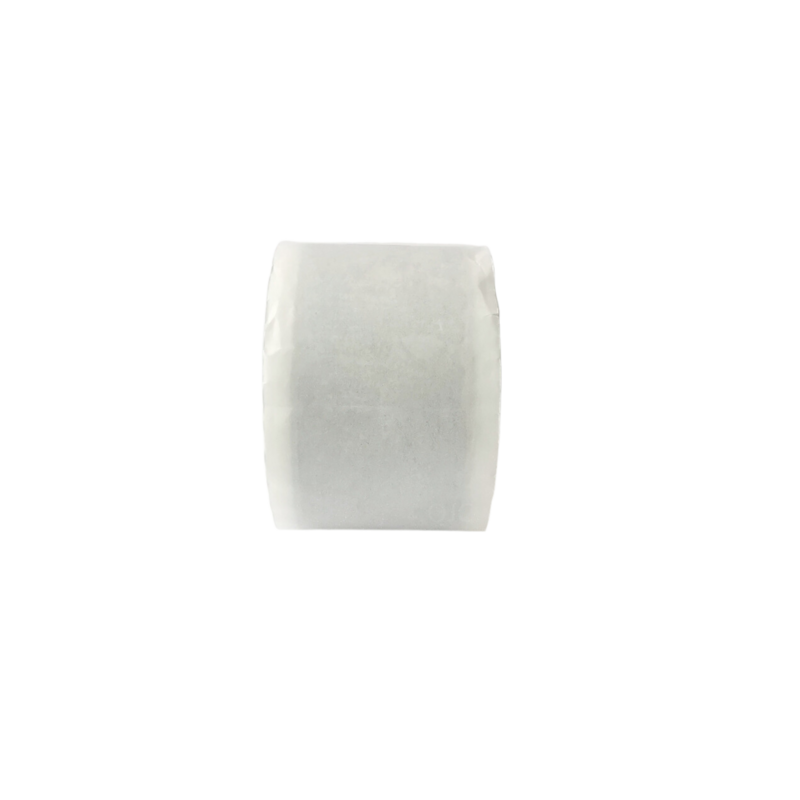The Importance of Electrical Rubber Splicing Tape in Electrical Applications
In the world of electrical engineering and maintenance, ensuring safety and reliability is paramount. Among the various tools and materials used, electrical rubber splicing tape stands out as a crucial component for effective insulation and protection of electrical connections. This specialized tape is designed to provide long-lasting performance in a variety of applications, making it a favorite choice among professionals in the field.
Electrical rubber splicing tape is primarily made from high-quality, durable rubber materials that are both flexible and strong. This elasticity allows the tape to conform to the shapes of various wires and connections, creating a tight, protective seal. The rubber composition also offers excellent resistance to electrical currents, moisture, and environmental factors, such as UV light and extreme temperatures. These properties help to prevent short circuits, reduce the risk of electrical shock, and protect against corrosion over time.
One of the key features of electrical rubber splicing tape is its self-fusing capability
. When applied, the tape adheres to itself without the need for adhesives, creating a seamless, waterproof barrier that enhances insulation. This characteristic is particularly beneficial in environments where traditional tapes might fail due to weather exposure or mechanical stress. The tape’s ability to fuse ensures that it maintains its integrity even in challenging conditions.electrical rubber splicing tape

Another advantage of using electrical rubber splicing tape is its versatility. It can be used in a wide range of applications, including but not limited to electrical splicing, insulating connections, and providing strain relief for wires. It’s commonly employed in both residential and industrial settings, making it an essential item for electricians, utility workers, and DIY enthusiasts alike. Moreover, this type of tape is available in various thicknesses and colors, allowing users to choose the most appropriate option for their specific needs.
When applying electrical rubber splicing tape, it’s important to follow best practices to ensure optimal performance. Users should clean the surface of the wires and connections to remove any dust, dirt, or grease before application. Additionally, it’s recommended to stretch the tape slightly as it is wrapped around the wire, ensuring that it adheres properly and forms a tight seal. Overlapping the tape by half its width with each turn will also enhance insulation and protection.
In conclusion, electrical rubber splicing tape plays a vital role in safeguarding electrical connections. Its unique properties, such as flexibility, self-fusing capabilities, and weather resistance, make it an indispensable tool for preventing electrical hazards. Whether used in repairs, installations, or maintenance tasks, this tape contributes significantly to the longevity and reliability of electrical systems. Therefore, selecting the right type of electrical tape, including rubber splicing tape, is a critical step in ensuring safety and efficiency in any electrical project. By investing in high-quality materials, individuals and professionals alike can guarantee the integrity of their electrical applications for years to come.
-
XIANGFAN Rubber Tape-Ultimate Solutions for All Your Insulation NeedsNewsJun.24,2025
-
XIANGFAN Rubber Tape-Protection for Industrial and Residential ApplicationsNewsJun.24,2025
-
XIANGFAN Rubber Tape: Superior Safety and Sealing for Demanding EnvironmentsNewsJun.24,2025
-
XIANGFAN Rubber Tape: Reliable Solutions for Every Electrical ChallengeNewsJun.24,2025
-
XIANGFAN Electrical & Industrial Tape: Powering Reliability Across IndustriesNewsJun.24,2025
-
XIANGFAN Electrical & Industrial Tape: Excellence in Every ApplicationNewsJun.24,2025
